1. It gets its name from an ancient African empire
Mali derives its name from the Mali Empire, which stretched east from the Atlantic Ocean, to what is today southern Mali, including parts of present-day Gambia, Senegal, Mauritania, and Guinea. It lasted for 400 years and collapsed in 1670, after the last emperor’s sons fought over who would succeed him.
2. The richest man in world history came from Mali
Mansa Munsa was the tenth emperor of the Mali Empire, and ruled from 1312 to 1337. He conquered over 20 cities, and it is believed that during his reign the empire was the biggest gold producer in the world. He is widely considered by historians to be the one of the richest (if not the very wealthiest) people ever to have lived.
3. Mali produces a lot of gold
Mali is today the third-biggest producer of gold in Africa, after South Africa and Ghana. In 2017, industrially mined gold came to nearly 50 tonnes, up 5% from the previous year, and well above government forecasts. Although a number of major companies are invested in Mali, about half of the gold produced in the country comes from artisanal or small-scale miners. Mali also has deposits of iron ore, diamonds, and uranium.
4. A Malian university is nearly as old as Oxford University
The University of Timbuktu was established as a centre of learning in the early 12th century, and at its peak had 25 000 students in the city out of a population of about 100 000. It wasn’t a university in the modern sense, but a scholastic community centred around three mosques in the city. Learning focused on studies of Islam and the Koran, but it was also known for its teaching of subjects such as astronomy, language, medicine, history, and philosophy.

5. Some of Mali’s most famous buildings are made from mud!
The Great Mosque of Djenne is a landmark in Mali and is found in the city of the same name. It was constructed in 1907 and stands on the site of a mosque which was built in at least the 13th century. The bricks used to build the mosque are made from sun-baked earth, with the mortar being made from similar natural materials. The United Nations named it a World Heritage Site in 1988. The community in involved in maintaining the mosque, and once a year, a festival is held where people prepare plaster and then repair any damage (mainly caused by rainfall and temperature changes). The mosque is also featured on the Malian coat of arms.























